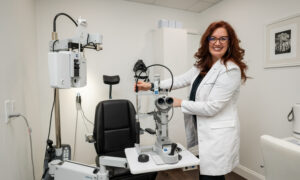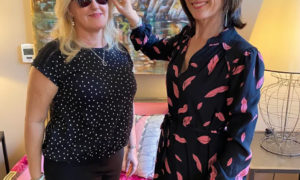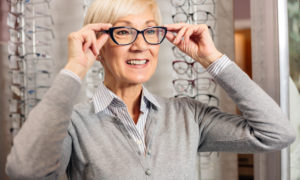By Tom Moseman
Senior Vice President, Envirosell

Envirosell was founded by Paco Underhill, the author of “Why We Buy,” a best-selling book about retailing. One of the principles Underhill espouses in the book is a retailing space’s “decompression zone.” Envirosell’s Tom Moseman explains this concept and tells why it’s important to think about how consumers enter any space, whether it’s a doctor’s office or an optical shop.
Regardless of where practices are situated, they all have a decompression zone–an area of transition between the outside environment and the smaller, indoor place into which a patient or customer is entering.
When someone comes into your practice, something happens–their normal walking gait changes–they slow down. The lighting is different. If they are coming to a doctor’s appointment, they are probably preoccupied about their appointment, even if they think nothing’s wrong. When they first enter your practice, their surroundings have changed, and they are trying to figure out their next step.
At this point, putting a lot of signage in the immediate area where they enter is simply not going to be absorbed–they are slowing down, familiarizing themselves with their surroundings, and they might even be adjusting psychologically.
Discover Your Own Zone
Anybody can figure out their particular space’s decompression zone, no matter how big or small a space. Also, a larger store might have multiple decompression zones from one area to another.
• Sit or stand in a corner of the room and do nothing for 10 minutes.
* Resist the urge to help someone or to straighten things out.
• Observe what people do when they arrive. They will slow down, stop and scan their surroundings. That is your decompression zone.
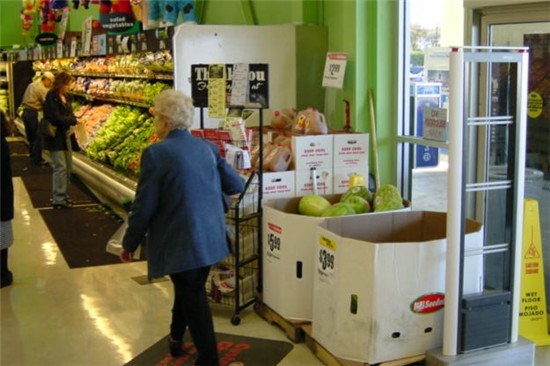
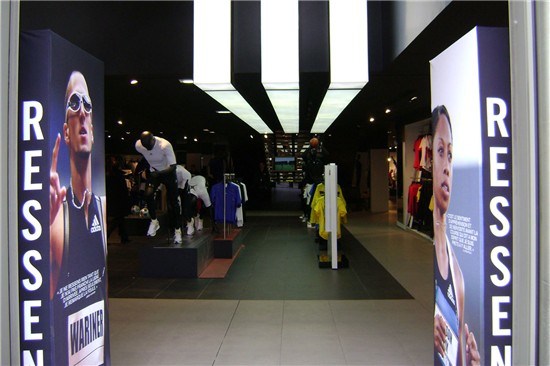
too close to the front door, which means most of it
is behind the customers by the time they are ready
to receive information and interact with product.
store, that isn’t overloaded with product or messag-
ing, allows easy entrance and good sight lines into
the body of the stores. In this image, a strong visual
draws the eye into the space.
Eliminate Distractions, Contact
By putting a product up close to an entrance, you increase the possibility of people brushing into one another, compromising the quality of time spent there.
Watch for anything in this area that people can bump into easily, or that causes a space constrictionthat thencauses people to brush into one another, or affects the quality of the time spent in this area. These annoyances can cause a person to leave. Women tend to be more susceptible to these problems while men tend to be more tolerant of crowding.
Resources
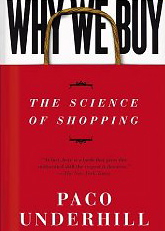 For more on retailing concepts, read “Why We Buy” byPaco Underhill. For more on the science of buying, go to theEnvirosellsite.
For more on retailing concepts, read “Why We Buy” byPaco Underhill. For more on the science of buying, go to theEnvirosellsite.
Extending the Area
In big cities with smaller space, you can increase the decompression zone by going beyond your lease borders. Some places will put out dog dishes with water on hot days. This will cause people to slow down, stop and think, “Huh? What’s this?” Even if they don’t have a dog.
Another common item you might find outside a store might be a “take one” item or a statue or figure holding a placard or menu board.
Understand the decompression zone as it exists in any space, even in the private staff-only parts of the office. Once you know where these zones exist in your practice, you can then think about setting up signage and promotional materials.
Tom Mosemanis senior vice president of Envirosell and can be reached attom@envirosell.com.

